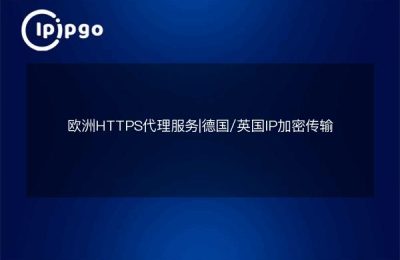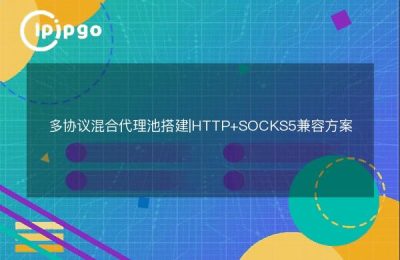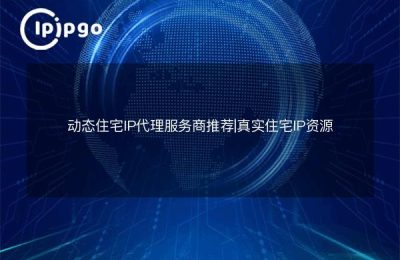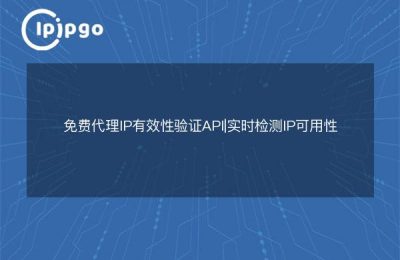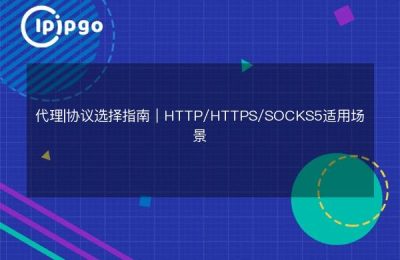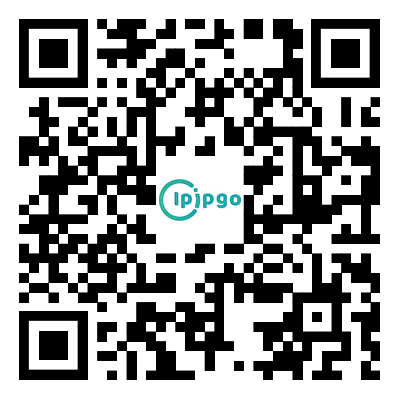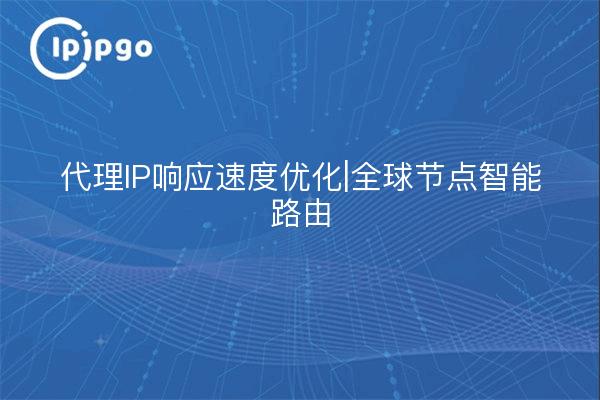
Underlying logic for proxy IP responsiveness optimization
Many users have encountered such a scenario when using proxy IP: obviously the connection is successful, but the web page loading has to turn several times, and the API request always times out. Behind this actually involves three key elements:Delay due to physical distance,Carrier line qualityrespond in singingProtocol Handshake Efficiency. Taking the 240+ country nodes around the world covered by ipipgo as an example, the latency from Tokyo to Singapore is usually around 50ms, while the transatlantic European and American routes may reach 120ms or more.
Actual test data shows that when the proxy server is in the same city as the target website, the response speed is 3-5 times faster than intercontinental connections. That's why ipipgo deploys residential IPs with regionalized resource preloading based on the geographic needs of user business scenarios to ensure that nodes are allocated close to each request.
Node Selection Algorithm behind Intelligent Routing
Truly smart routes are not simply sorted by geographic location, but rather a combination of 7 dynamic metrics:
| Real-time delayed volatility | Trend in latency over the last 5 minutes |
| bandwidth utilization ratio | Current node load |
| Protocol matching | HTTP/Socks5 and other protocol optimizations |
ipipgo's intelligent scheduling system updates the node state repository every 15 seconds when a user initiates a request via theThree-tier screening mechanismThe first one is to exclude the nodes with latency higher than the threshold, then the nodes with bandwidth consumption more than 80%, and finally to determine the optimal line according to the specific type of service (e.g., choose residential IP for those who need high anonymity, and choose data center IP for those who need stability).
Node Selection Tips for the Average User
No specialized tools are needed, and the right node can be found in three simple steps:
- Open the map mode of the ipipgo client.The center of the circle is the location of the target web serverExtend the circle 300 kilometers outward.
- Prioritize residential IPs labeled "low latency" among circle nodes
- Test 3 times consecutively on different ports (e.g. 3128, 8080) to compare the stability of response time
Practical case: a cross-border e-commerce user needs to collect the price of goods in a certain region, and by locking the IP of Frankfurt data center, the average response time is compressed from 2.3 seconds to 0.7 seconds, and the success rate is increased from 78% to 97%.
Hidden acceleration due to protocol optimization
Users of the 90% are overlooking an important speed boost:protocol handshake time. There is a significant difference in the time taken to establish a connection between the different proxy protocols:
- HTTP CONNECT: takes an average of 3 round trips (~150ms)
- Socks5: optimized for only 2 round trips (~100ms)
- WebSocket over TLS: single encrypted handshake (~80ms)
ipipgo's all-protocol support architecture allows users to switch between protocol types with a single click on the console. Especially when dealing with scenarios where new connections need to be established frequently, choosing the WebSocket protocol reduces the handshake time consumed by 40%.
Frequently Asked Questions QA
Q: Why is the display latency low but the actual speed slow?
A: You may encounter the trap of "fake low latency", we suggest you use the real response test tool provided by ipipgo to check the time it takes to actually download 100KB of data.
Q: How to choose between Dynamic IP and Static IP?
A: Web access with dynamic residential IP anti-blocking, API docking with static data center IP to ensure stability. ipipgo supports two modes of switching at any time.
Q: What other speed boosting methods are there besides node selection?
A: Enable the connection pool multiplexing function and set reasonable timeout parameters (recommended connection timeout is 8 seconds and read timeout is 15 seconds) to avoid repeated DNS resolution.
By combining intelligent routing algorithms and protocol layer optimization, ipipgo's proxy IP service achieves an average response speed increase of 2.8 times compared to traditional proxy solutions in real-world tests. In particular, its originalHybrid Protocol EngineIt can automatically match the optimal protocol combination according to the business scenario, and maximize the compression of transmission time consumption under the premise of ensuring security.

